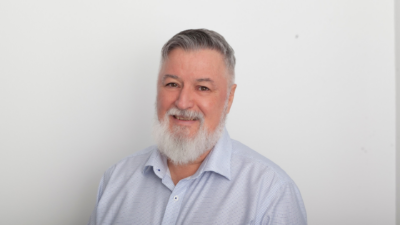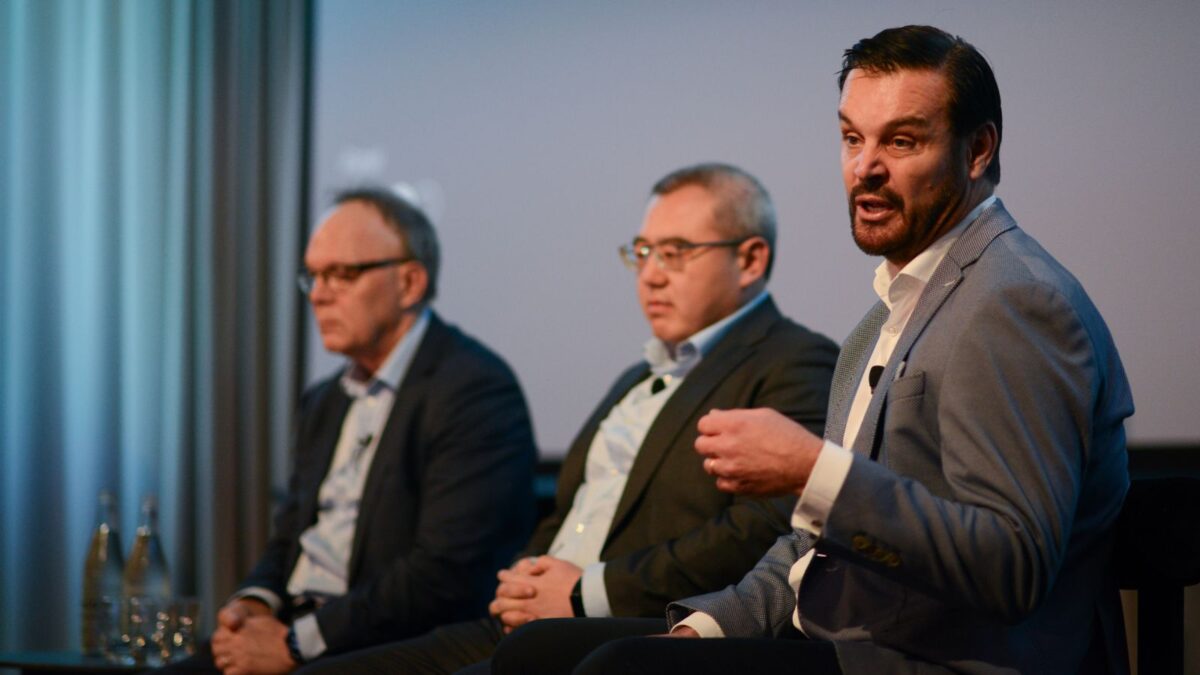How to find hedge funds investing in ‘dynamism and change’: Panel
Hedge funds are gradually finding their way back into investor portfolios, with many predicting a brighter future for strategies that can take advantage of dispersion in equity markets or trade around the kinds of big macro events that are becoming more common every day.
But what is a hedge fund, really? And how many of them actually hedge anything at all?
“Globally, there’s close to 15,000 funds that are classified as hedge funds,” Stephen Dickinson, alternative investment analyst at Escala Partners (top right), told The Inside Network’s Alternatives Symposium. “But that classification can include those that run predominantly long books with one or two shorts. We don’t necessarily see that as a hedge fund.”
Escala views its own hedge fund universe as comprising 11 underlying strategies, including market neutral, event-driven – like merger or convertible arbitrage – discretionary macro and CTAs.
“We’re not necessarily looking for negative correlation, but we’re looking for lower levels of correlation within that hedge fund allocation to the broader markets,” Dickinson said. “Acknowledging though that what see here is a longer bias – long/short funds, which are not necessarily the exposure that we’re looking for when making our hedge fund allocations.”
Escala’s allocation to alternative assets has grown significantly over the past few years, and the firm thinks of them as sitting within six primary silos as a well as a “thematic” bucket. Those silos are hedge funds, credit, private equity, infrastructure, property and venture capital.
“Then within that thematic bucket are things that don’t necessarily fall into those asset classes. So that might be a royalty strategy, litigation finance, things like that – more niche styles of strategies.”
“We’re advocates of diversification across those different strategies. At the moment, like a lot of groups, we tend to have a slightly overweight position to global private credit, but we do have healthy allocations across the underlying strategies.”
But one of the biggest challenge for how hedge funds are used in Australia, according to Timothy Cheung, CEO of Mantis Funds (top middle), comes from “variable beta”.
“So if you have variable beta, and most of us, whether it’s directly, as an institutional investor, having a beta benchmark or allocation, or even just as colloquially as ‘my client knows how well the ASX200 is doing’. That is a real challenge that the industry has to address, and that our managers are constantly trying to address.
“Then there’s this idea of negative correlation. You know, the first hedge fund in the world – supposedly – was set up in the 1950s by a guy called Alfred Winslow Jones. It was a market neutral fund and it genuinely hedged. That’s very different from saying it should be used as a hedge, right?
“Hedge funds are not a tail product. They are not insurance, and if they were they wouldn’t be making money. Hedge funds that we look at are generally trying to actively take advantage of dynamism and change, and that’s what we’re looking for. We’re looking for alternative managers that are aligned to generate alpha from change.”
Cheung also sees listed markets becoming less important as companies stay private for longer and the wider availability of more sophisticated technology means new innovations are increasingly be made at the grassroots level rather than emerging from within mature, listed companies.
“One of the things our managers are looking at in terms of the macro environment is, what we saw during Covid but also over the last decade is that the primacy of listed markets has declined. The idea that in a post-industrial age through to a knowledge economy – what does it take to create innovation? To create a mobile phone?
“Now, it takes a lot of money to build semiconductor factories. So there are areas where listed markets are the place to raise capital. But in other areas, like the apps that you use, some of those were developed by the proverbial two folks in a garage. And so accessing that innovation and creating alpha from that innovation is not necessarily going to come from listed markets in the future.”











